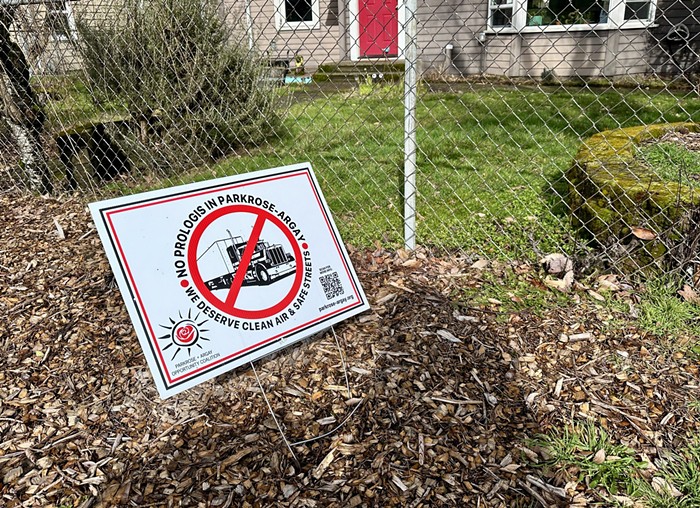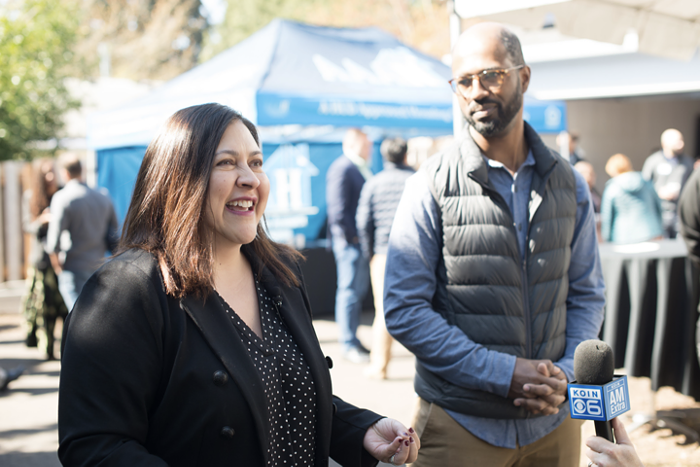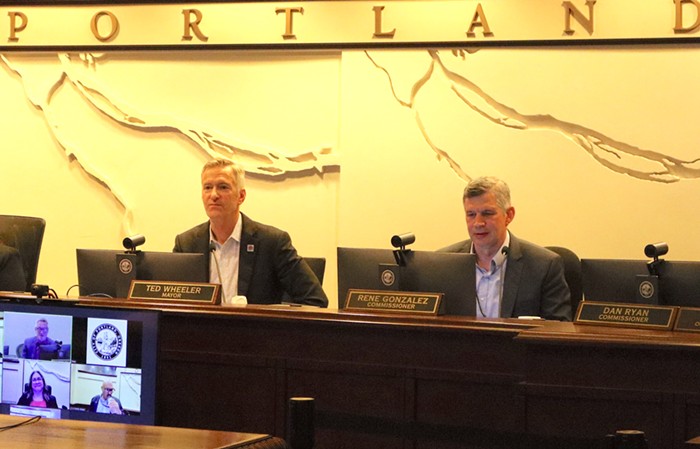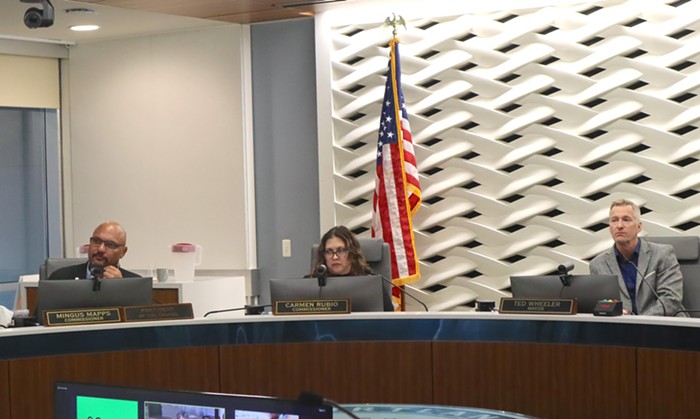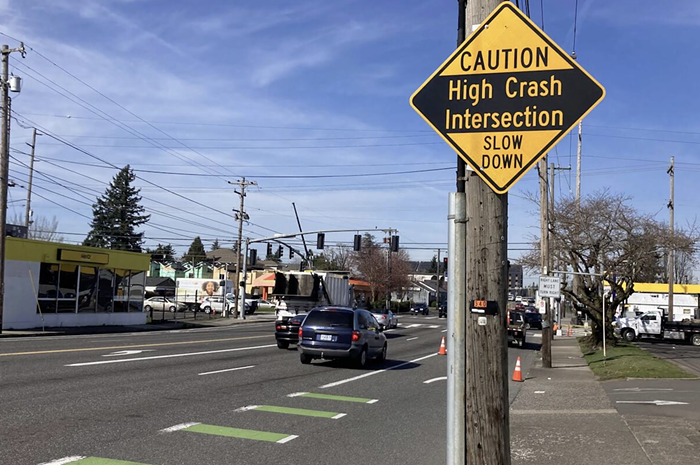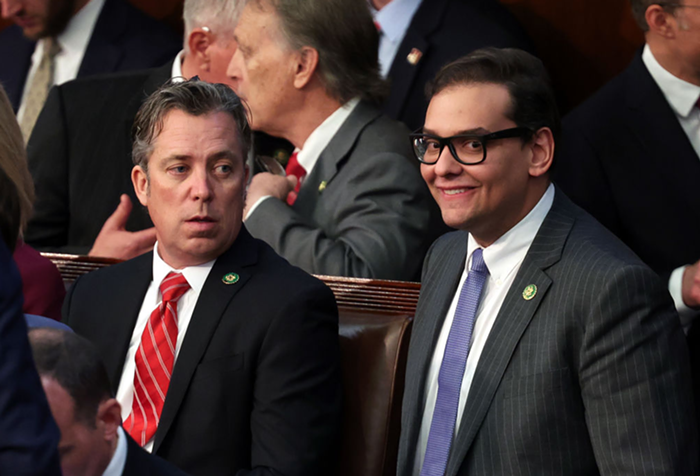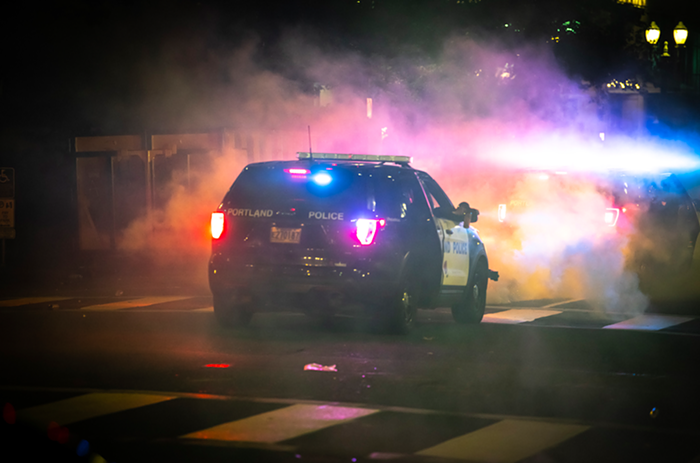A SCATHING ECONOMIC study released last week suggests that the true cost of a new Interstate 5 bridge to Washington will be double that of current projections—adding more controversy to an already volatile debate over the Columbia River Crossing (CRC).
If the study is correct, then the bridge connecting Vancouver and Portland would cost as much as $10 billion and plunge Oregon and Washington into debt. CRC staffers say they have not yet "fully digested" the study by economist Joe Cortright, but they call their methodology sound for their $4 billion estimate.
Cortright, a bridge critic who also chairs the Governor's Council of Economic Advisors, was funded by Plaid Pantry President Chris Girard. I asked him to explain his findings in plain English. Download the full economic study here.
MERCURY: What does your analysis say about the cost of the CRC?
JOE CORTRIGHT: The cost is more than double what they're telling us, up to $10 billion or more. On top of the sticker price you have to pay $2.7 billion in interest costs. Bridge users will wind up having to pay the standard toll, plus a surcharge of $1 to $1.25 to cover added costs associated with buying toll transponders for frequent commuters and actually mailing toll bills to pay-by-plate bridge users. ["Pay by plate" means drivers' license plates will be photographed, with bills sent to their residences.—Eds.] The financial statements they've put together are best-case scenarios. Plus, the Oregon Department of Transportation's track record with mega-projects is that they almost never come in for the amount that's estimated. The tendency is to ignore risks and overestimate revenues.
What did Chris Girard, the president of Plaid Pantry, ask you to do in setting out on this study?
He wanted me to take a look in detail at the financial and economic aspects of the project. He had attended a bunch of the meetings and was skeptical of what he heard.
Oregon and Washington have spent more than $130 million planning this new bridge. How is your analysis different than what the project staff has done?
We tried to be more comprehensive in inventorying the risks and the costs. Some of the stuff that we have in the report is stuff that was produced by the CRC but not available to the public. We filed a public records request.
What wasn't made public?
One thing is the interest cost. The headline number for the cost of the project only includes the price tag for construction. That doesn't include how much interest should be paid. The interest works out to an additional $2.7 billion.
Is it standard for planners of mega-projects not to include interest payments when they're telling the public how much they'll cost?
Most projects aren't funded this way. Most projects tend to be funded on a pay-as-you-go basis, like you have the money in hand before you get started with each piece. The interest in this case is very large because of the complicated way in which the project is financed.
If the bridge costs $10 billion, how would that affect citizens?
The way they're proposing to finance this, Oregon and Washington would go out and borrow a bunch of money. On paper, that money would be repaid by toll revenues. But our forecast shows they wouldn't be getting anything close to the revenue they need. That would mean Oregon and Washington would be responsible for paying back the difference.
What makes the funding plan so complicated?
They assume that revenue will increase. That's flawed. The original traffic projections were based on 2005 numbers, but the world has changed a lot since 2005. Travel on Interstate 5 has declined since 2005, but their estimates call for it to increase almost twice as fast as in the late 1990s. The assumption that somehow traffic will increase more than one percent every year is not feasible. And if it doesn't go up there's no way they can pay back the project.
How does traffic affect the cost of the bridge?
The project was justified because they think there will be 180,000 vehicles a day crossing the bridge in 2030—and now it looks like there will be nowhere close to that. This undercuts the rationale for building the bridge, because they're designing for a capacity that they don't need to achieve. And it undercuts the financing because there won't be the right amount of people to pay tolls.
What's an example of where you think they've underestimated risk?
The project assumes they can work for 12 months a year in the river to actually build the bridge, but the window now looks like it's going to be only four months, because of the salmon run.
Now that you have these numbers, what's next?
I think this should lead people to take a careful look at whether this bridge is worth it. It's a lot more expensive than advertised. The need for it, based on the traffic, is not as dire as they make it seem.


